On June 1, 2025, Ukraine launched a stunning drone offensive, codenamed Operation Spider’s Web, obliterating over 40 Russian military aircraft, including strategic bombers critical to Moscow’s war machine. Executed with smuggled first-person view (FPV) drones launched from modified trucks, this audacious attack targeted five airbases deep in Russian territory, some as far as 2,500 miles from Ukraine’s border. The operation, meticulously planned over 18 months, showcases Ukraine’s innovative drone tactics and delivers a bold statement ahead of peace talks in Istanbul, redefining modern warfare for drone professionals and enthusiasts.
Operation Spider’s Web: A Feat of Ingenuity
Under the direct oversight of Ukrainian President Volodymyr Zelenskyy and the SBU intelligence agency, Operation Spider’s Web targeted airfields housing Russia‘s prized strategic bombers, including Olenya in the Arctic Circle (1,000 miles from Ukraine) and Belaya in Siberia (2,500 miles away). These bases, previously thought untouchable, sheltered elite aircraft like the Tu-95 “Bear,” capable of carrying nuclear warheads; the Tu-160 “Blackjack,” the world’s largest combat aircraft; and the Tu-22M3 “Backfire,” a supersonic mainstay. Ukrainian officials claim 117 FPV Drones, each costing a few thousand dollars, destroyed assets worth up to $100 million per plane, with total damages estimated at $7 billion.
The drones were smuggled into Russia inside modified shipping containers on commercial trucks, equipped with retractable roof panels that opened remotely to launch the payloads. Some trucks featured self-destruct mechanisms, as evidenced by footage showing explosions when locals attempted to intervene near Olenegorsk. “No intelligence operation in the world has done anything like this before,” defense analyst Serhii Kuzan told Ukrainian TV, emphasizing the operation’s complexity. The drones reportedly used Artificial Intelligence to pinpoint aircraft vulnerabilities, such as fuel tanks or engines, ensuring maximum destruction with minimal resources.

Drone Technology’s Game-Changing Role
Operation Spider’s Web highlights the transformative potential of FPV drones, traditionally used for short-range tactical missions. These compact, agile devices, operated via real-time video feeds, proved capable of executing long-range, high-precision strikes when paired with innovative delivery systems. The integration of AI for target selection allowed drones to evade Russian air defenses, like the Pantsir system, which struggle to detect small, low-flying objects. This marks a significant evolution from earlier Ukrainian drone strikes, which targeted bases within 300 miles of the border.
The operation’s cost-effectiveness is striking. While Russia’s bombers require decades of development and billions in investment, Ukraine’s FPV drones are produced rapidly and inexpensively. Military blogger Oleksandr Kovalenko noted that the targeted aircraft, including the Tu-160, are no longer in production, making repairs challenging and replacements impossible. The destruction of an A-50 “Mainstay” airborne command aircraft, valued at $330 million and critical for coordinating air operations, further compounds Russia’s losses. With only a handful of A-50s remaining, their depletion could disrupt Russia’s battlefield coordination.
Strategic and Diplomatic Implications
The attack’s timing, hours before ceasefire talks in Istanbul, was strategic. Ukraine, frustrated by Western perceptions of its imminent defeat, aimed to demonstrate resilience. “This is what happens when a proud nation under attack doesn’t listen to all those: ‘Ukraine has only six months left’,” posted Ukrainian defense journalist Illia Ponomarenko on X, capturing national sentiment. By degrading Russia’s long-range strike capabilities, Ukraine strengthens its position at the negotiating table, led by Defense Minister Rustem Umerov. Iryna Vereshchuk, deputy head of Ukraine’s presidential office, described the strike on Telegram as “not a knockout, but a very serious knockdown for the enemy.”
For Russia, the operation exposes glaring vulnerabilities. Airbases assumed secure due to their distance from Ukraine were breached with ease, raising questions about intelligence and air defense failures. The attack’s psychological impact extends to civilian populations in Siberia and Russia’s Arctic, previously insulated from the war. Russia’s response may involve intensified airstrikes, as seen in the 472-drone barrage on Ukraine the same day, but its degraded air force limits immediate retaliation options.

Industry Trends and Technological Shifts
Operation Spider’s Web signals a paradigm shift in drone warfare, where low-cost, AI-enhanced systems challenge conventional military assets. Ukraine’s success is likely to accelerate global investment in autonomous drones and counter-drone technologies. Defense Minister Umerov recently announced plans to deliver 30,000 DeepStrike drones in 2025, designed for long-range precision strikes. These advancements could further tilt the conflict’s balance, enabling Ukraine to target Russian infrastructure with greater frequency.
The operation also exposes gaps in anti-drone defenses. Russia’s inability to neutralize FPV drones underscores the need for advanced radar, electronic warfare, and laser-based systems. For the Drone Industry, this creates opportunities for innovation in detection and interception technologies. However, the use of civilian trucks for military purposes raises regulatory concerns, potentially prompting stricter international laws on dual-use logistics.

Economic and Operational Fallout
The financial toll on Russia is immense. With 34% of its strategic cruise missile carriers reportedly hit, the loss of aircraft like the Tu-95 and Tu-160 disrupts long-range strike capabilities essential for targeting Ukrainian cities. Repairing damaged planes, if feasible, will cost millions and take years, straining Russia’s military-industrial complex. The economic contrast is stark: Ukraine’s investment in drones, likely under $1 million, yielded damages potentially exceeding $1 billion.
Operationally, Russia may need to relocate its remaining bombers further east, complicating logistics and reducing sortie rates. This shift could provide Ukraine’s forces temporary respite from aerial bombardments, allowing better resource allocation along the 620-mile front line. However, Ukraine’s own losses—12 soldiers killed in a Russian missile strike the same day—highlight the conflict’s ongoing intensity.
A Defining Moment for Drone Warfare
Operation Spider’s Web redefines drone applications, blending ingenuity, technology, and strategic timing to deliver a historic blow. As Zelenskyy stated on Telegram, “We are doing everything to protect our independence, our state and our people.” For drone professionals, this operation is a case study in maximizing limited resources against a superior foe. It underscores the need for continued innovation in unmanned systems and defenses, as drones increasingly shape the battlefield. While Russia’s retaliation looms, Ukraine’s strike has boosted morale and global confidence in its resolve, cementing drones as a cornerstone of modern warfare.

Photos courtesy of X
Discover more from DroneXL.co
Subscribe to get the latest posts sent to your email.

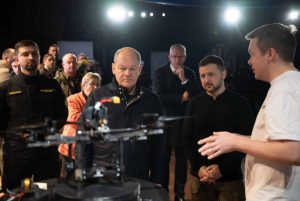

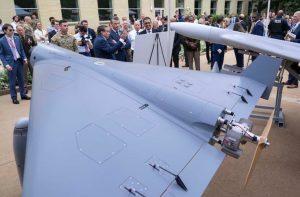
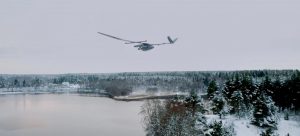




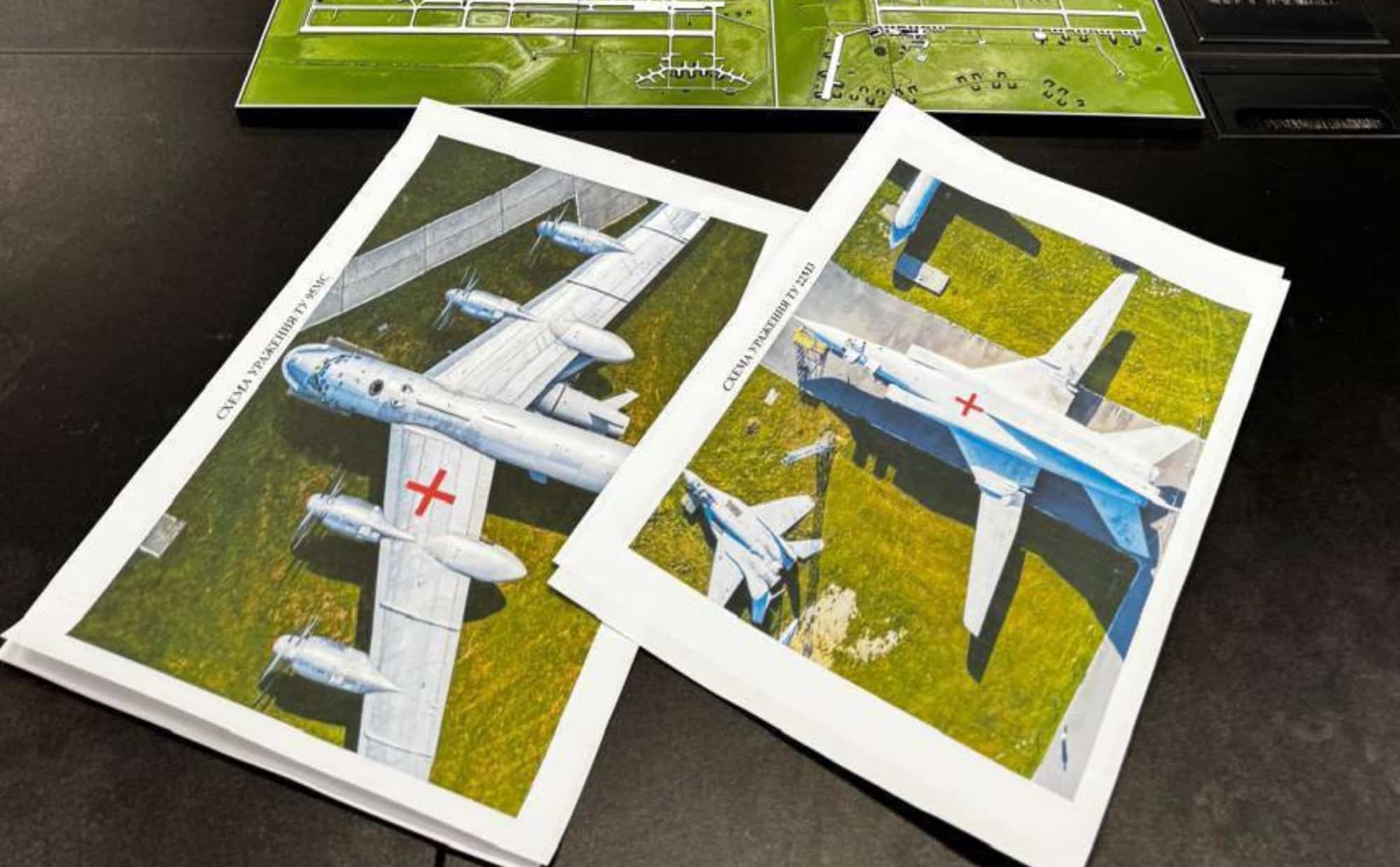

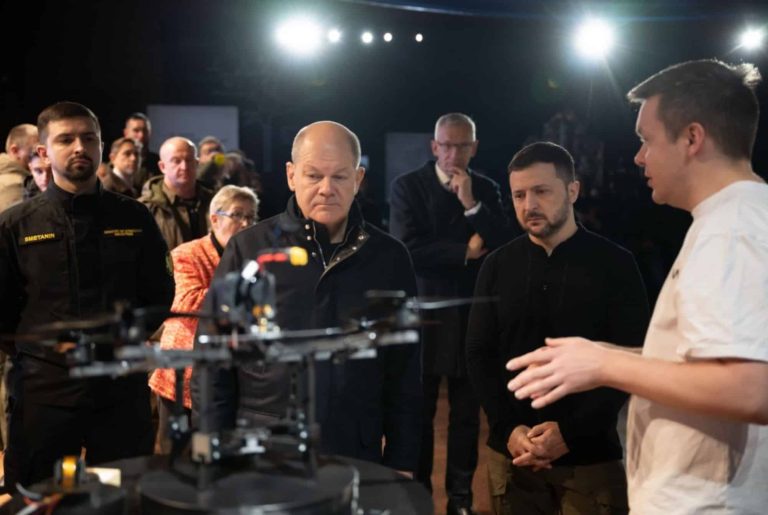
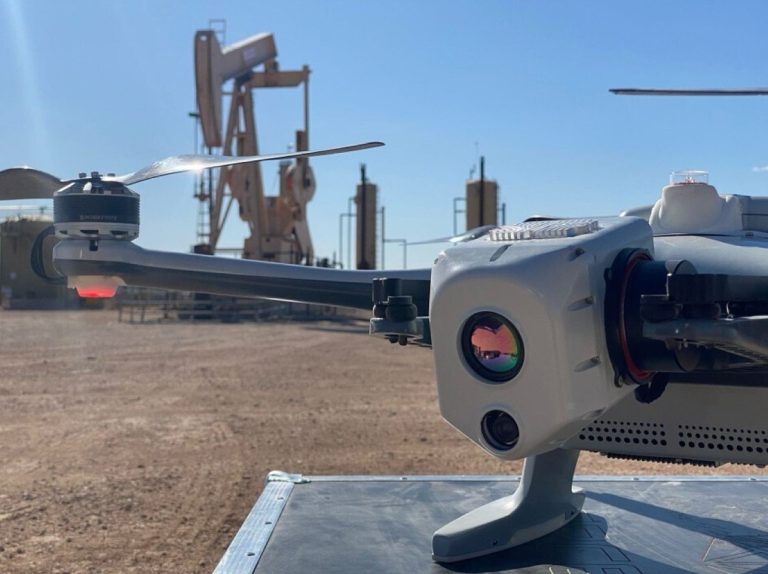

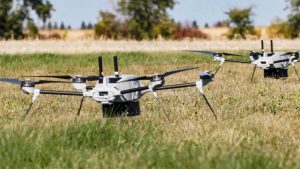

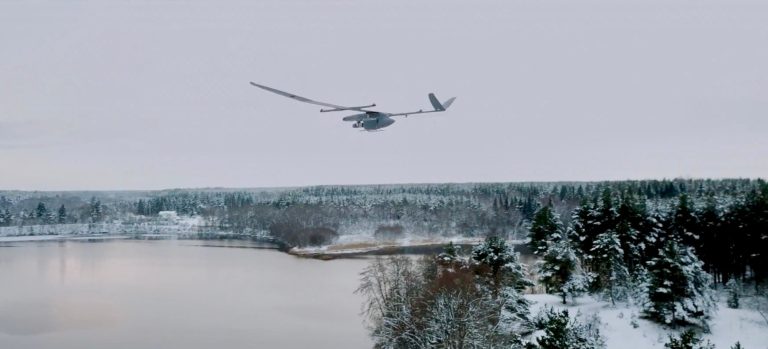
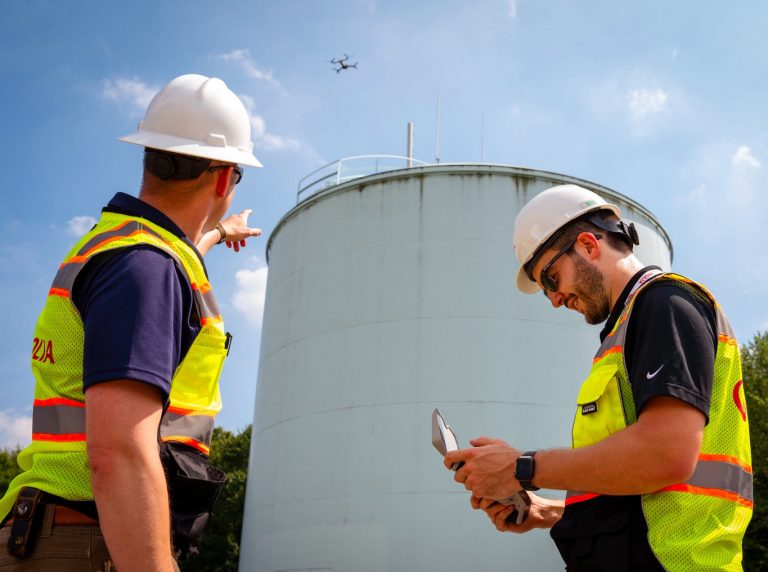


+ There are no comments
Add yours